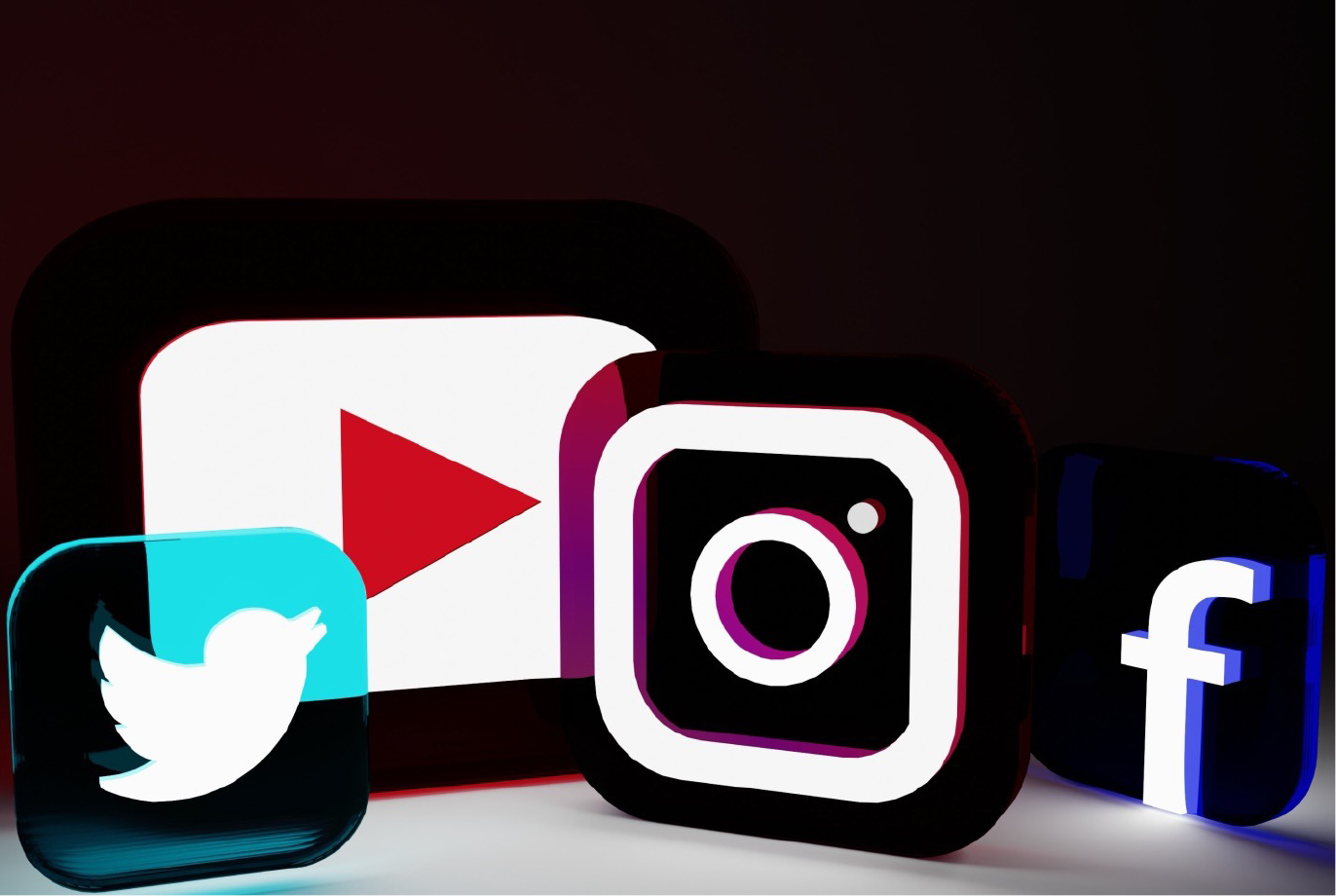
Social Media Advertising 101: boosting your business with paid ads
Social Media Marketing includes increasing website traffic, engagement, brand awareness, and other marketing goals by designing various types of content for different social media platforms. The content can be in the form of videos, blogs, infographics, or any other forms that have the potential to go viral.
If it’s done right, social media marketing can be beneficial to you in several ways:
- Increase brand awareness
- Boost conversions rates
- Improve search engine ratings
- Build top-funnel traffic
- Lower marketing campaign costs
While Facebook, Instagram, LinkedIn, YouTube, and Twitter are the most popular platforms, there are hundreds of others out there. They come in many flavors, like microblogging, B2B networking, video sharing, content sharing, bookmarking, Q&A, and so on.
In this article, you’ll be exploring the world of social media advertising and how to unlock its potential for your business growth.

1. Choosing the right social media platforms
Choosing the right platform allows you to make your social media activity as effective as possible. Please note that although your target audience may have accounts on all platforms, you need to find the one that they really use and where they are active.
Thus, a member may have a Facebook account, but spend a lot of time on Tik-Tok.
- Instagram
Instagram is a platform preferred by a younger audience, just be aware there is an Instagram rate limit. If your target audience is millennials and generation Z, then welcome. Quality visual content is valued here. Therefore, it will become the best platform for designers, photographers, wedding dress salons, and all businesses that can be represented through attractive photos. - Facebook
It’s a very large social network in which an adult audience is more active. Facebook is typically used to keep in touch with friends and family. Therefore, moderately selling content works best here. - Twitter
If your key goal of social media exposure is to increase brand awareness, then Twitter can be an effective channel. The platform is great for tracking opinions, finding different stories, and supporting real-time consumer experiences. - LinkedIn
Professional social network LinkedIn. Good for networking, finding new clients in the B2B sector, as well as hiring employees. The core of the target audience is people aged 30 to 49 years. - Pinterest
This is a visual social network; most of its users are women. For representation here, you need to take care of attractive visual content. The most popular topics that are saved are bow making ideas, recipes, etc. - YouTube
If you want to start running your YouTube, you will definitely need to take care of creating professional videos. Here, useful content in the form of instructions is especially appreciated. Perfect for a variety of business areas. However, it is best used to sell various services. - TikTok
It is a social network with an active audience aged 18 to 24. She is often chosen to promote businesses in the field of beauty, fashion, art, retail, etc. The content type is short videos.
In order to choose an effective platform, you must be guided by several things:
- Placement platform. Each social network has its own specifics of the content. It has its own requirements for image/video sizes or text. Therefore, the first thing you need to pay attention to is the requirements of a particular site.
- Features of the target audience. Different consumer groups like something different. To develop successful content, you need to know what has the potential to grab users’ attention.
- Promotion goals. Depending on your social media presence goals, you may need to use certain types of content. For example, UGC (user-generated content) or expert content is great for building trust. To increase engagement – interactive and so on.
Here are some final pointers to help you pick the best social media platform for your business:
- Go to where your audience is. You know your target market best, so think about where they are most likely to spend their time.
- Only pick two or three social media platforms and do them really well. There’s no use in spreading yourself thin across multiple platforms and failing to reach your audience on each one.
- Check out which platforms your competitors are using to get an extra idea of what content goes where and how your target audience is being reached.
2. Setting clear campaign objectives
Marketing objectives are specific goals a marketing team sets to promote a company’s products and services to customers. Marketing objectives are an overall marketing strategy that can help to achieve organizational goals in a set period. Often, a marketing director or manager sets objectives for their department or team. These goals may include increasing sales, improving consumer awareness of a new product or service or increasing customer satisfaction.

The following steps will help you write clear, effective marketing objectives/goals:
- Identify your main objective
Begin by identifying the top goal you want to achieve with your marketing plan. Consider the purpose of the campaign to help you determine a primary objective. For example, when launching a new product, your goal may be to create a campaign that generates $100,000 in sales revenue. Make your main objective specific and measurable so you can develop a structured plan for achieving it. - Establish benchmarks
Once you know your main objective, establish benchmarks you can use to make progress toward this goal. These benchmarks typically include specific actions you can take to achieve your primary objective. It’s helpful to assign deadlines to these benchmarks to motivate the team to continue working toward the goal. For example, you may establish a benchmark to increase e-mail subscribers by 4% within three months as you work toward your goal of generating more sales leads. - Plan a marketing strategy
Determine a clear marketing strategy to help you reach both the benchmarks and the primary objective you’ve identified. Consider the available resources you have and the various channels you can use to achieve your goals. It’s helpful to have a brainstorming meeting with the marketing team or other key stakeholders to help you develop your marketing strategy. Make sure the strategy you develop centers on the marketing objective and aligns with the benchmarks you’ve established. - Make adjustments
As you implement your marketing strategy, take time to measure the progress you’re making toward the primary objective. Review your expected timeline to ensure you’re on track to meet your benchmarks. Compare your goals with the actual results of your marketing strategy. If necessary, make adjustments to help you continue making progress toward your marketing objective.
KPIs for your marketing objectives
After you create your marketing objectives, it’s important to identify the metrics you can use to measure your progress. You can use key performance indicators (KPIs), which are measurable values that provide benchmarks for your success. Establish KPIs to help you track progress and measure the success of your work. Some examples of KPIs for marketing objectives include:
Website metrics
If your marketing objectives include digital efforts, you can develop KPIs to measure your website traffic. These metrics can help you determine your traffic-to-lead ratio, which provides insights into the effectiveness of your online strategies. Website KPIs may include:
- Total website sessions
- Average visitor time on site
- Bounce rate
- Page views per visit
Social media engagement
Many marketing campaigns use social media, and some of your objectives may use social media as a strategy to produce results. These metrics can show how well your new marketing strategy uses social media as a tool. By measuring these KPIs, you can adjust your social media strategies to help you meet your objectives in this area. Some KPIs to use for social media engagement include:
- Number of comments on posts
- Number of shares on posts
- Increase in followers on various platforms
- Traffic from social media to your website
Lead generation
Lead generation KPIs can show you whether your marketing objectives are leading to new sales and conversions. The lead generation metrics you may use depend on your specific marketing objectives. Some metrics for lead generation include:
- Total number of leads
- Increase in leads
- Cost per lead
- Conversion rate
- Sales-qualified leads
Sales growth
If you establish marketing objectives related to sales, you can use KPIs to measure the total revenue or units sold in relation to a marketing campaign. These metrics can help you determine whether sales are increasing based on your marketing efforts. These types of KPIs can include:
- Number of new prospect calls
- Contracts sent
- New contracts signed
- Number of closing calls
SEO performance
A possible marketing objective you may have is to increase online visibility. A good way to measure this goal is by tracking KPIs that show improvement or growth in your search engine optimization (SEO) strategy. There are online tools you can use to monitor these metrics, or you may also use these KPIs:
- Total organic traffic
- Number of keywords in top three positions
- Number of leads generated from organic search
- Total number of keywords for which your website ranks
Here are some final pointers to help you pick the best social media platform for your business:
- Go to where your audience is. You know your target market best, so think about where they are most likely to spend their time.
- Only pick two or three social media platforms and do them really well. There’s no use in spreading yourself thin across multiple platforms and failing to reach your audience on each one.
- Check out which platforms your competitors are using to get an extra idea of what content goes where and how your target audience is being reached.
3. Creating persuasive ad copy
In a typical sales setting, a salesperson spends several minutes to hours answering questions and addressing concerns of the customers. But when selling is done online, this interaction becomes missing. And that’s where ad copy comes in. The ad copy addresses the possible objections a customer might have and highlights the benefits the customer will receive when purchasing the product.

What Is Ad Copy?
In simplest terms, ad copy is the combination of headline, body, and call to action that form an ad. In the world of digital marketing, ad copy is used to increase conversion rates and boost sales. To achieve this, ad copywriters focus on highlighting the key components of a product or service and communicating them to prospective customers in a way they can relate
What Makes A Good Ad Copy?
Effective ad copy is easy to identify. It opens with a powerful headline and appeals to both the logical and emotional reasons that a prospect would want to buy the product or service. In general, ad copywriting has three main elements that make it successful – it’s highly engaging, concise, and relevant.
- Engaging
Because your ad is often the first indirect contact prospects have with you, writing engaging ad copy is a necessary skill.
Mastering this skill will allow you to persuade your readers, nudge them to take the action you want them to, and get them to enter the marketing funnel. - Concise
Remember that your ad copy is not a sales pitch. As a rule of thumb, when it comes to effective ad copywriting, less is more. Your headline needs to grab the reader’s attention and your offer needs to be concise, yet strong enough to seal the deal. - Relevant
Ads that are relevant can show higher in search results and earn more clicks. One of the first steps when creating ad copy is knowing your target audience and how your product is relevant to them. You’ll also need to know what they are looking for and in what context.
To stay relevant, you can implement tactics such as using seasonality or current events in your copy. Additionally, don’t forget to carefully select and include keywords that directly relate to your campaign’s goals.
Steps for Writing Ad Copy That Sells
Let’s go through some of the most effective tactics for you to create a strong ad copy that sells.
- Solve a Problem
While it might seem counterintuitive, people rarely buy for the sake of buying. Rather, they buy products that solve their problems. To drive more prospects to your SaaS landing pages, think about what they want to accomplish and what your product or services can do to help. In your ad copy, address the problem and provide a solution. If possible, expand on what you can do for the searcher. - Use Emotional Triggers
Emotions are a significant part of the buying process. In fact, recent studies conducted by neuroscientists show that people whose brains are damaged in the area that’s responsible for generating emotions are incapable of making decisions. Effectively, these studies are reinforcing the fact the majority of people’s purchasing decisions are subconscious.
Some of the more common emotional triggers in digital advertising include happiness, exclusivity, trust, anticipation, and gratification. Incorporating such triggers in your ad copy can illustrate why action is important and help you resonate with your audience. - Focus On Benefits Instead of Features
Identifying and highlighting how your product benefits the lives of your customers can be a very powerful strategy that gives your prospective buyers a clear understanding of what they’re getting for their money. This in turn can generate more interest, make your ad copy stand out, and increase conversions. - Implement the FOMO Technique
Once you’ve communicated the benefits of your offer, consider creating a sense of urgency. The fear of missing out (or FOMO) is an extremely powerful action trigger. This technique allows you to show readers what they’d miss if they don’t take action right away. - Always finish with a CTA
A call to action (or CTA) is crucial for compelling readers to take the next step. To craft great CTAs, remember to keep them short and clear, as well as capitalize on the interest you created with your benefit statement.
Overall, the call-to-action will depend on the purpose of the campaign that the ad copy serves. Based on what people do when they see your ad, you can also experiment with different CTAs to see which ones get people to take action.
4. A/B testing ad variations
A/B testing, also known as split testing, is a marketing experiment wherein you split your audience to test variations on a campaign and determine which performs better. In other words, you can show version A of a piece of marketing content to one half of your audience and version B to another.
How does A/B testing work?
To run an A/B test, you need to create two different versions of one piece of content, with changes to a single variable. Then, you’ll show these two versions to two similarly sized audiences and analyze which one performed better over a specific period (long enough to make accurate conclusions about your results).
A/B testing helps marketers observe how one version of a piece of marketing content performs alongside another. Here are two types of A/B tests you might conduct to increase your website’s conversion rate.

Example: User Experience Test
Perhaps you want to see if moving a certain call-to-action (CTA) button to the top of your homepage instead of keeping it in the sidebar will improve its click-through rate. To A/B test this theory; you’d create another, alternative web page that uses the new CTA placement. The existing design with the sidebar CTA or the « control » is version A. Version B with the CTA at the top is the « challenger. »
Then, you’d test these two versions by showing each to a predetermined percentage of site visitors. Ideally, the percentage of visitors seeing either version is the same.
A/B testing process
The following is an A/B testing framework you can use to start running tests:
- Collect data: Your analytics tool (for example Google Analytics) will often provide insight into where you can begin optimizing. It helps to begin with high traffic areas of your site or app to allow you to gather data faster. For conversion rate optimization, make sure to look for pages with high bounce or drop-off rates that can be improved. Also consult other sources like heatmaps, social media and surveys to find new areas for improvement.
- Identify goals: Your conversion goals are the metrics that you are using to determine whether or not the variation is more successful than the original version. Goals can be anything from clicking a button or link to product purchases.
- Generate test hypothesis: Once you’ve identified a goal you can begin generating A/B testing ideas and test hypotheses for why you think they will be better than the current version. Once you have a list of ideas, prioritize them in terms of expected impact and difficulty of implementation.
- Create different variations: Using your A/B testing software (like Optimizely Experiment), make the desired changes to an element of your website or mobile app. This might be changing the color of a button, swapping the order of elements on the page template, hiding navigation elements, or something entirely custom. Many leading A/B testing tools have a visual editor that will make these changes easy. Make sure to test run your experiment to make sure the different versions as expected.
- Run experiment: Kick off your experiment and wait for visitors to participate! At this point, visitors to your site or app will be randomly assigned to either the control or variation of your experience. Their interaction with each experience is measured, counted and compared against the baseline to determine how each performs.
- Wait for the test results: Depending on how big your sample size (the target audience) is, it can take a while to achieve a satisfactory result. Good experiment results will tell you when the results are statistically significant and trustworthy. Otherwise it would be hard to tell if your change truly made an impact.
- Analyze results: Once your experiment is complete, it’s time to analyze the results. Your A/B testing software will present the data from the experiment and show you the difference between how the two versions of your page performed and whether there is a statistically significant difference. It is important to achieve statistically significant results so you’re confident in the outcome of the test.
A/B test results
Depending on the type of website or app you’re testing on, goals will differ. For example, retail website would run more tests to optimize for purchases, where a B2B website might run more experiments to optimize for leads.
This also means your results will look different depending on the type of site or app you have. Typically, the goals are set before starting the A/B test, and evaluated at the end. Some A/B testing tools allow you to peek at results real-time as they come in, or change the goals of your tests after completing the experiment.
A test results dashboard shows 2 (or more) variants, their respective audience and it’s goal completions. Say you optimize for clicks on a call-to-action (CTA) on a website, a typical view would contain visitors and clicks, as well as a conversion rate — the percentage of visitors that resulted in a conversion.
Final Thoughts
While organic marketing and SEO will reach a wide audience, you’re not likely to always reach your ideal target customer this way. Remember, you’re competing against every big business within your industry out there. Opting for paid ads in conjunction with those efforts will strengthen your position in the market, increase awareness for your brand and put your company in front of the right customers.










